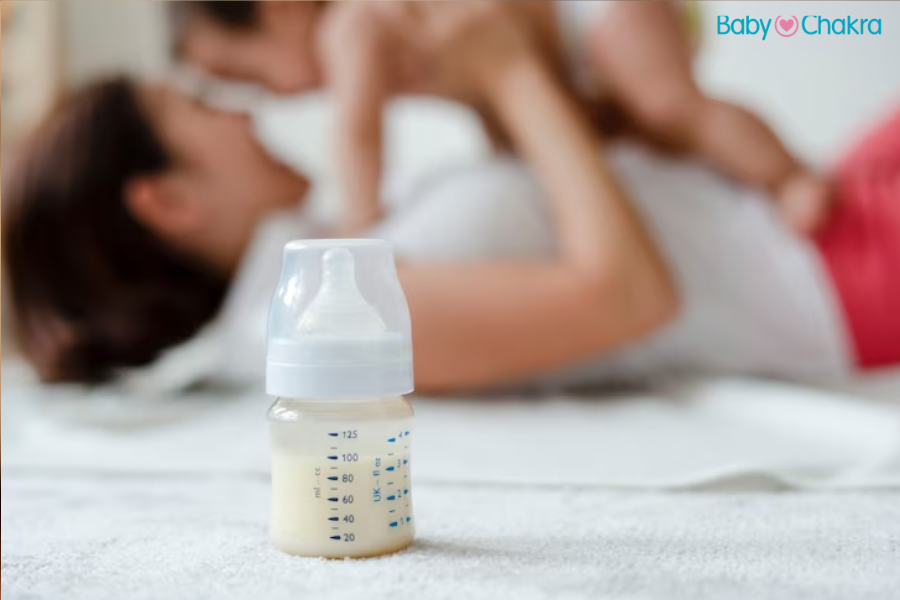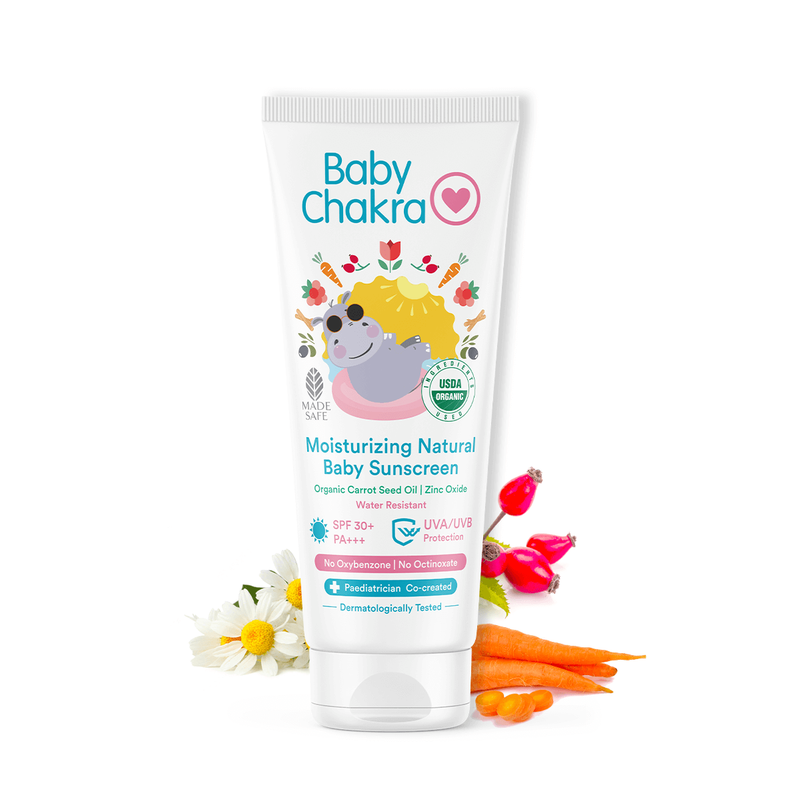
The Risks Of Extended Bottle Feeding: When And How To Transition To A Cup
5 May 2023 | 4 min Read
Manisha Pradhan
Author | 1053 Articles
As infants grow and develop, it is important for parents to know when and how to transition from bottle feeding to drinking from a cup. Prolonged bottle feeding can lead to several physical and developmental issues.
Here’s all that you need to know about the risks of extended bottle feeding, the right age to stop bottle feeding, and tips for making the transition to cups.
What Is The Right Age to Stop Bottle Feeding?
It is recommended to begin transitioning babies from bottle feeding to drinking from a cup around the age of 12 months. This is because, by this age, most infants have developed the motor skills necessary to use a cup.
Additionally, babies at this age are starting to eat more solid foods, making it an appropriate time to introduce a new method of consuming liquids.
What Are The Risks of Extended Bottle Feeding?
Dental problems
Prolonged bottle feeding can lead to tooth decay, especially when a child is allowed to fall asleep with a bottle in their mouth or is given a bottle filled with sweet liquids like juice. The sugars from these liquids can pool around the teeth, causing decay and cavities.
Weight issues
Extended bottle feeding can also contribute to weight problems in children. Overconsumption of high-calorie liquids, such as milk or juice, can lead to excessive weight gain, putting children at risk for obesity and related health issues.
Delayed development of oral motor skills
Prolonged bottle feeding can hinder the development of oral motor skills necessary for proper speech and eating. The sucking motion required for bottle feeding is different from the swallowing and chewing motions needed for eating solid foods and drinking from a cup.
Dependency on the bottle
Children who continue to use a bottle for an extended period may develop a strong emotional attachment to it, making it difficult for them to transition to cups and increasing their risk of developing behavioural issues.

Tips For Transitioning To A Cup
Introduce a sippy cup early
Introduce a sippy cup to your child around the age of six months, even if they are still primarily bottle-feeding. This allows them to become familiar with the cup and practice using it before fully transitioning away from the bottle.
Gradually replace bottle feedings with cup feedings
Slowly replace one bottle feeding at a time with a cup feeding. For instance, you could start by replacing the mid-morning bottle with a cup and gradually work your way to replacing all bottle feedings.
Offer water in a cup
To encourage your child to drink from a cup, offer them water in a cup during mealtimes. This helps them associate the cup with mealtime and practice their drinking skills.
Limit bottle use to specific times and places
As you work on transitioning your child to a cup, limit bottle use to specific times and places, such as during nighttime feedings or when they are in their crib. This helps create a clear distinction between bottle and cup usage.
Be patient and consistent
Transitioning from a bottle to a cup can be a difficult process for both children and parents. Be patient and consistent in your efforts to help your child make the transition.
Extended bottle feeding can have several negative consequences for a child’s development and overall health. It is essential for parents to be aware of these risks and start the process of transitioning their child to a cup around the age of 12 months.
By following the tips outlined in this article, parents can help their children make a smooth and successful transition from bottle to cup, setting them up for healthier development.
Recommended skincare products for kids
Also Read:
Here’s Why It’s Good To Let Toddlers Make A Mess At Mealtime
The Importance Of Toilet Training For Toddlers
Cover image source: freepik
A


Related Topics for you
Suggestions offered by doctors on BabyChakra are of advisory nature i.e., for educational and informational purposes only. Content posted on, created for, or compiled by BabyChakra is not intended or designed to replace your doctor's independent judgment about any symptom, condition, or the appropriateness or risks of a procedure or treatment for a given person.


